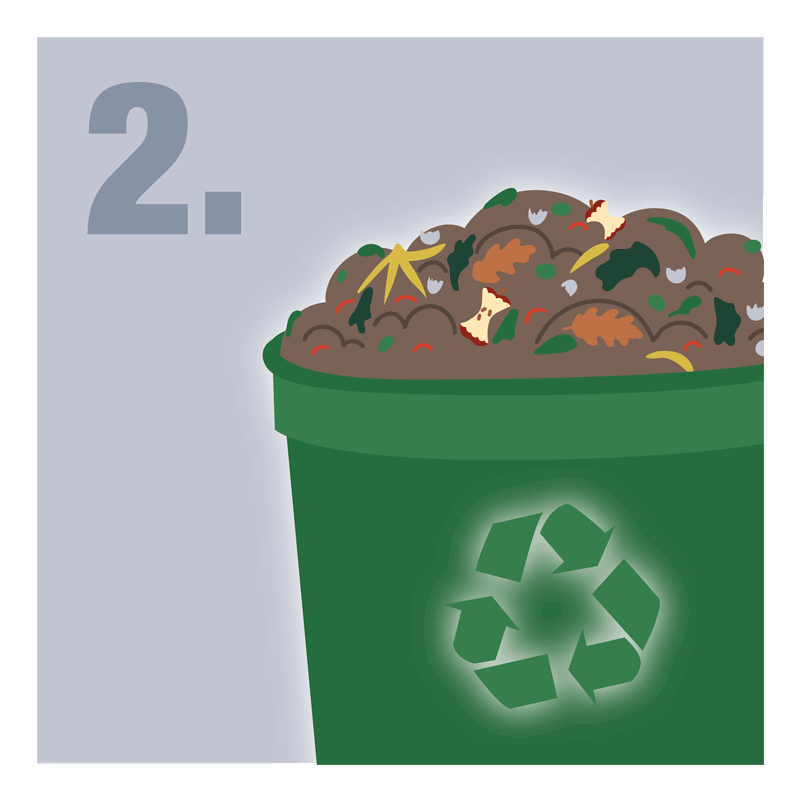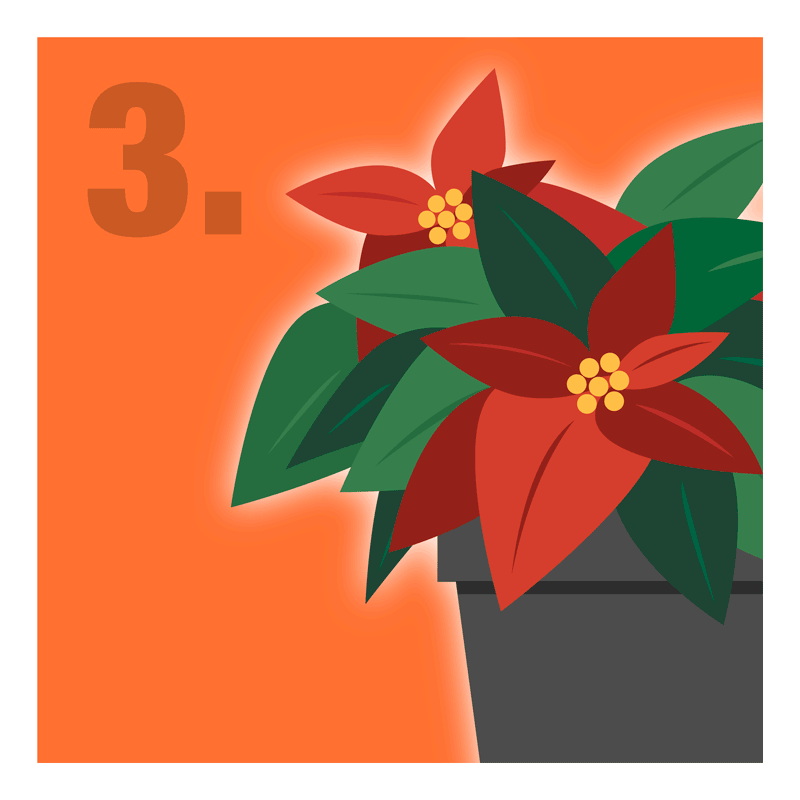“At the Home Depot we are always looking for ways to partner with our suppliers and our customers to reduce our environmental impact. Even seemingly small measures make a big difference,” says Ron Jarvis, vice president of environmental innovation at The Home Depot.
This holiday season, spread joy with these sustainable tips:
  |
LED It Glow! If you haven’t already, ‘tis the season to upgrade those old string Christmas lights with some earth-friendly LEDs. LED lights use fewer natural resources and less energy, making them the merry choice for mother earth. Put your holiday lights—be they on the tree or trimming the house—on a timer for added energy efficiency! |
   |
Compost What You Can’t Eat Too stuffed to take another bite? Instead of clearing your plate into the trash, clear it into the compost bin. Food waste is a huge contributor to climate change. According to the Environmental Protection Agency, food waste that decomposes in landfills releases methane, a greenhouse gas that is at least 28 times [epa.gov] more potent than carbon dioxide. Composting will put that food waste to use. |
 |
Deck the Halls When you’re decking your halls, playing up mother nature with plants and flowers is festive and earth-friendly. Don’t forget to return your empty pots. At all The Home Depot Garden Centers nationwide, customers can bring back their empty pots for growers to refill. When the pots are no longer reusable, The Home Depot’s partner, East Jordan Plastics Inc., turns them into new pots, trays, and hanging baskets. Every year, East Jordan Plastics recycles more than 15 million pounds of used plastic containers, equivalent to nearly 1,000 semi-truck loads of containers. |
 |
Bring In Those Batteries New electronics need new batteries? Since 2001, The Home Depot has partnered with Call2Recycle, a nonprofit battery stewardship program to recycle rechargeable batteries that have lost their ability to recharge. In 2016, The Home Depot recycled more than a million pounds of rechargeable batteries, becoming the first Call2Recycle retail participant in North America to achieve this accomplishment. Today, stores in nearly 50 states offer this program to customers. |
 |
Get a Live Tree (And Then Recycle It!) Nearly 350 million Christmas trees currently grow on U.S. farms, according to the National Christmas Tree Association. Throughout the trees’ typical lifespan of eight to 12 years, it absorbs carbon dioxide, emits fresh oxygen, stabilizes soil, protects water supplies, and provides refuge for wildlife. After a Christmas tree is cut down, one to three seedlings are planted in its place. When people purchase them, they also support local economies. That environmental stewardship continues when trees are recycled. Check with your local Home Depot store to see if it’s recycling Christmas trees. |
“The holidays are all about family, and one of the ways we can best celebrate the holidays—and each other—is to preserve our environment for future generations,” reflects Jarvis.






